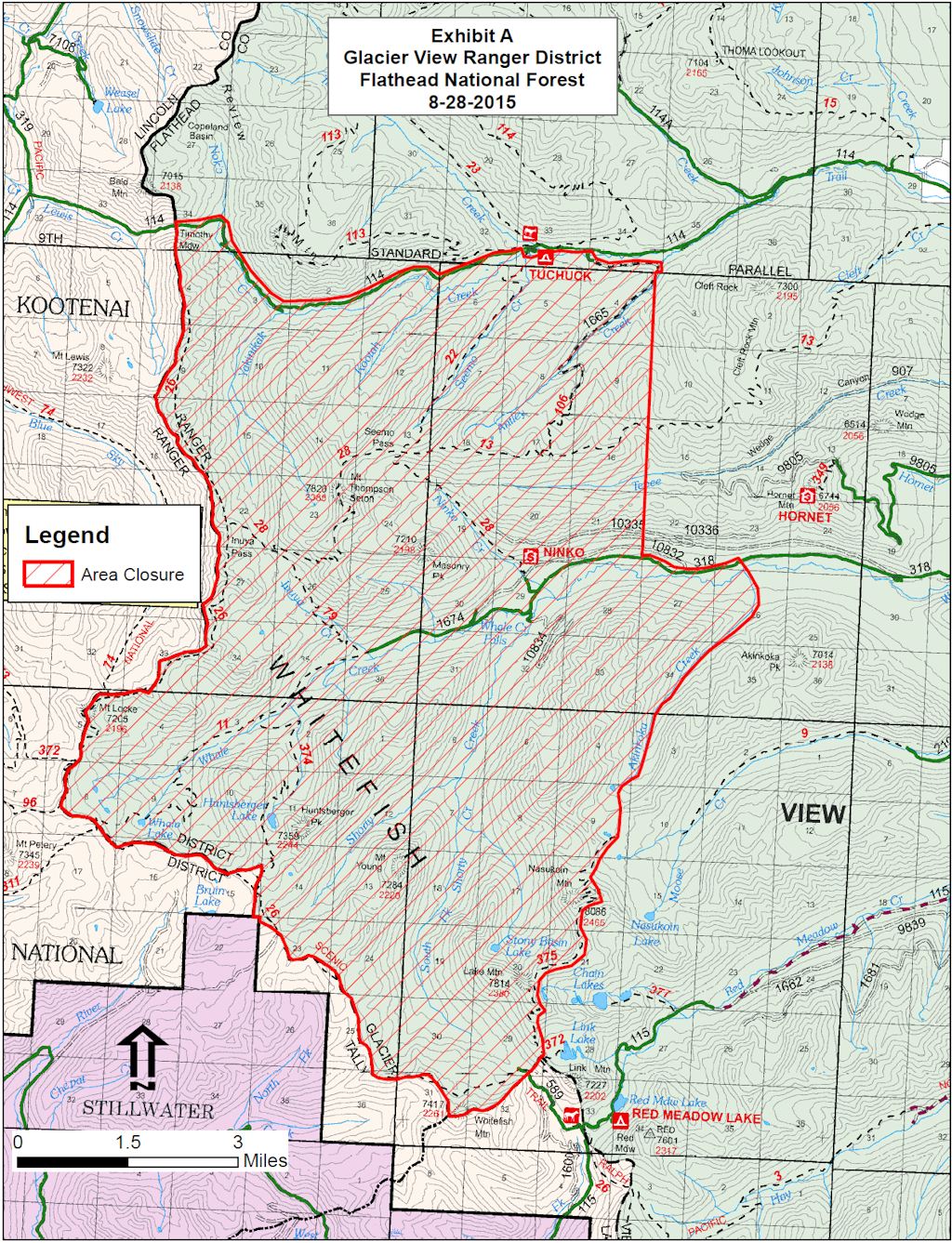Creeks and rivers are very low across this corner of Montana . . .
The two primary tributaries of the Flathead River have the lowest streamflows on record for late August, further reflecting the extreme drought conditions that are tormenting the region in a year being defined by smoky skies and stingy weather.
Entering the final days of August, the Middle Fork Flathead River was running at 470 cubic feet per second, a new record surpassing the previous low set in 1940, according to the National Weather Service. The median flow for this time of year is 977 cfs.
The North Fork Flathead River was running at 628 cfs, surpassing the 2001 record low. The median flow is 1,260 cfs. The streamflows are the lowest since monitoring gauges were established 75 years ago, according to Ray Nickless, NWS hydrologist.

